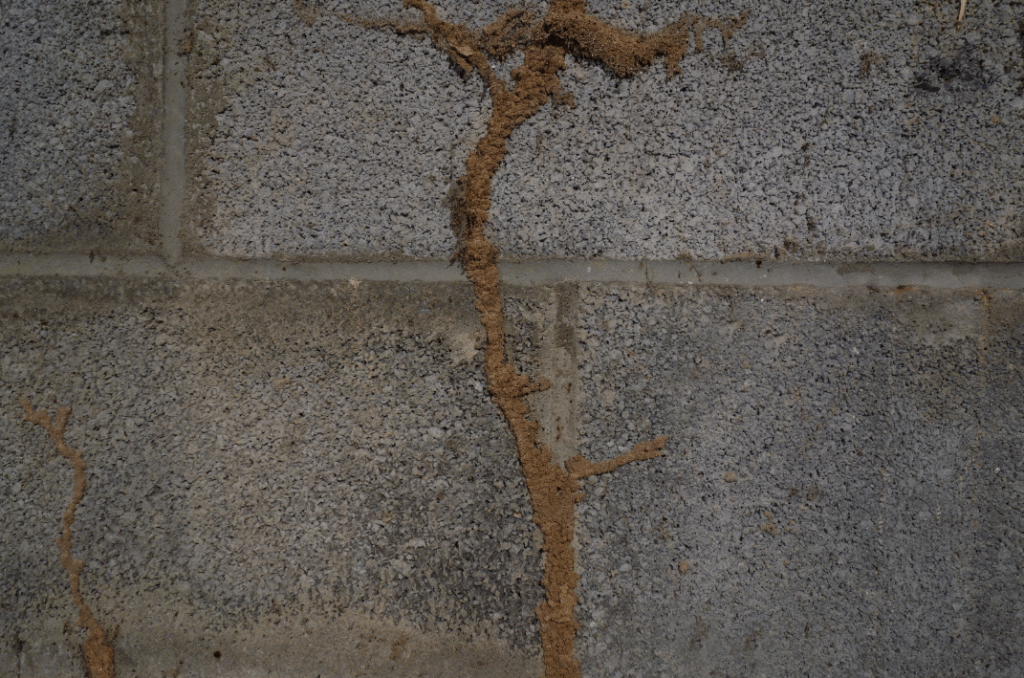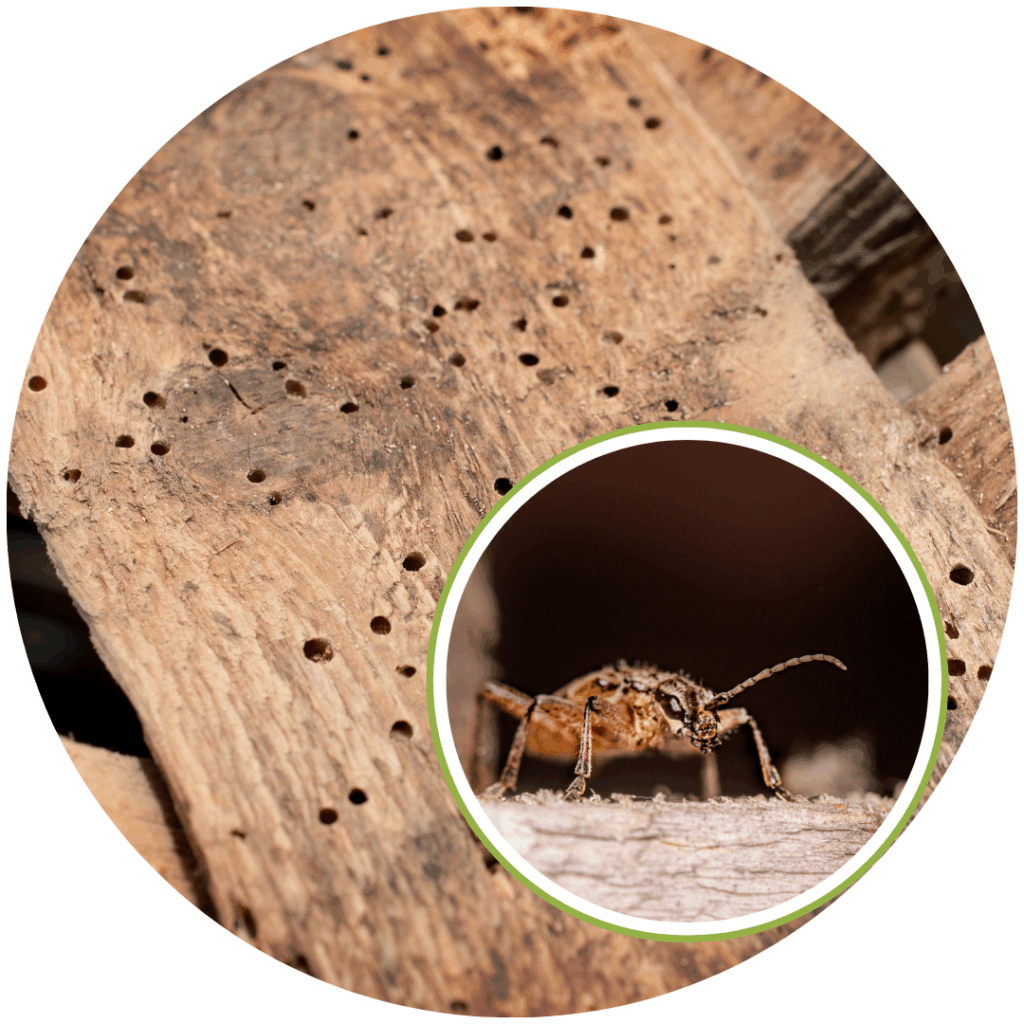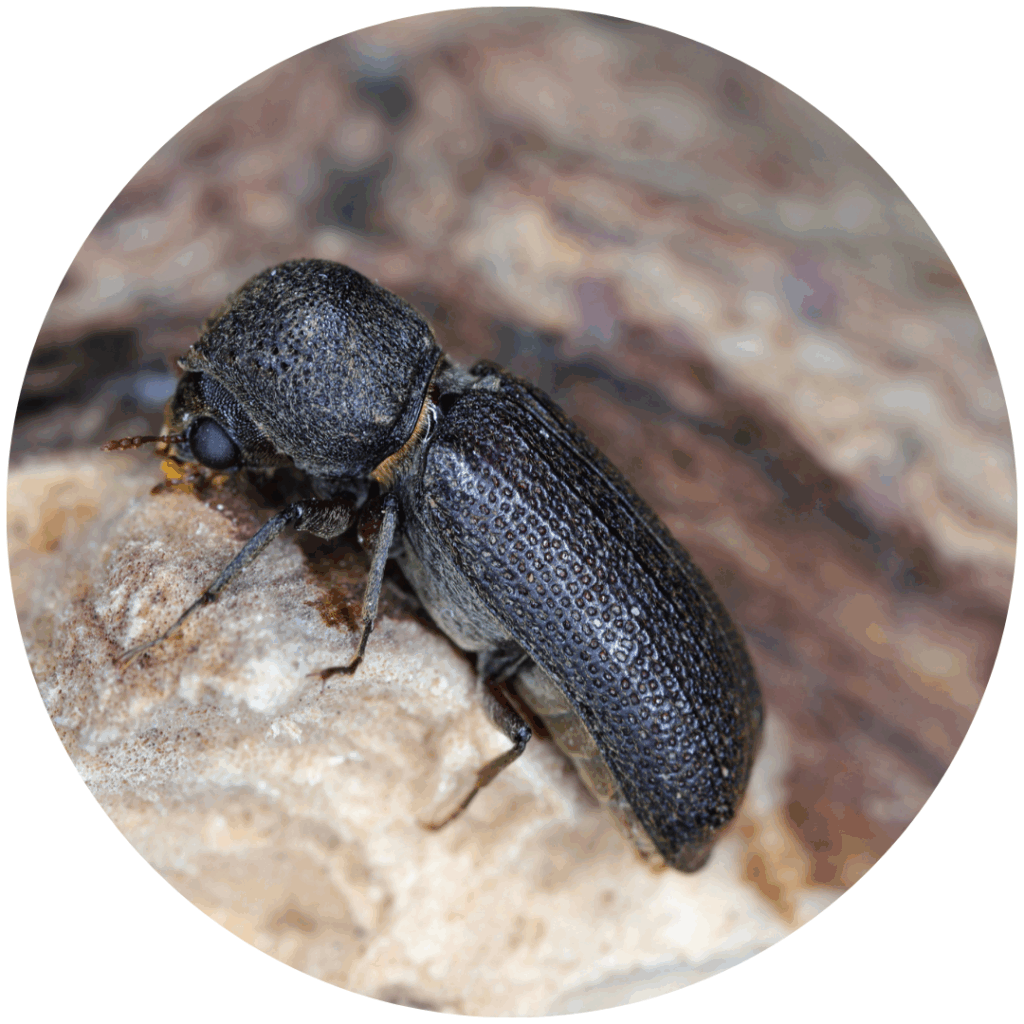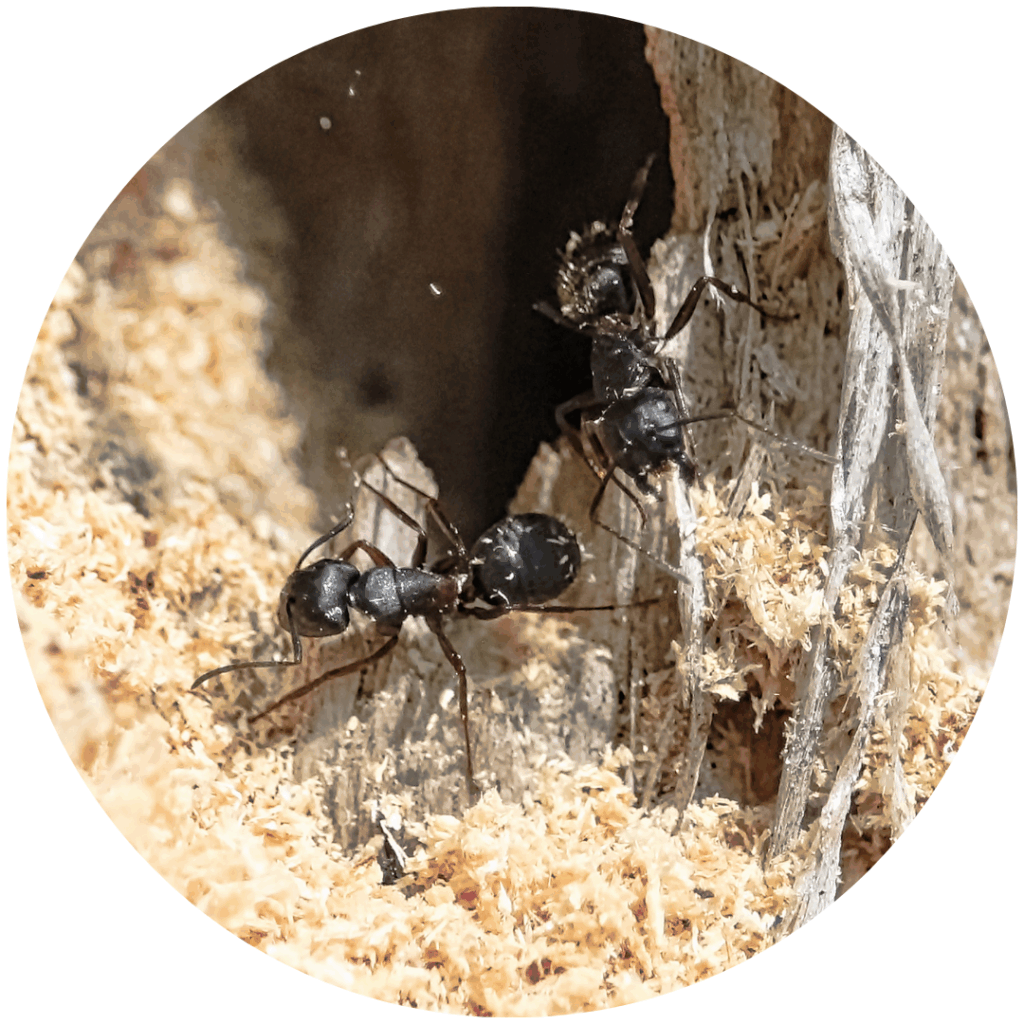Wood Destroying Insect Report

Real Estate WDIIR Reports
A Wood-Destroying Insect Inspection Report (WDIIR) is often required during the home buying process, especially for VA loans and certain mortgage approvals. This inspection detects the presence or signs of termites, carpenter ants, beetles, and other wood-destroying insects that can damage a home’s structure. At Advanced Termite & Home Inspections Inc., we are fully licensed to perform WDIIR inspections and provide the detailed documentation that lenders and real estate agents need. Whether you’re buying a home, refinancing, or meeting VA loan requirements, our team delivers accurate, timely reports to help ensure a smooth closing process.
What is a WDIIR?
A WDIIR (sometimes called a “termite letter” or “clearance letter”) is a legal document required by lenders, realtors, and the VA for home sales or refinancing. It verifies whether a structure shows signs of active infestation, previous damage, or conditions conducive to wood-destroying insects.
Why a WDIIR is Important
Real Estate Transactions – Required for most VA, FHA, and conventional loans.
Peace of Mind – Helps buyers and sellers know the true condition of the property.
Lender Compliance – Ensures your transaction moves forward smoothly without delays.
Early Detection – Identifies problems before they become costly structural issues.
What We Inspect
Our licensed inspectors perform a detailed evaluation of:
Crawl spaces, basements, and attics
Foundation walls, piers, and structural supports
Exterior siding, trim, and porches
Garage and storage buildings (if applicable)
Visible interior wood components
VA Loan Requirements
For VA home loans, a WDIIR is mandatory. We are familiar with VA guidelines and work directly with your lender or realtor to provide the required documentation quickly and accurately.
The Five Wood-destroying Insects we look for when performing a WDIIR in Eastern NC.

Termites
Eastern subterranean termites are the most destructive wood-destroying insect in our region. They live in soil and build hidden mud tubes to access wood structures. Left untreated, termites can cause significant structural damage.

Old House Borers
These wood-boring beetles attack softwoods, particularly in newer homes with pine framing. Their larvae tunnel inside the wood, leaving oval exit holes and weakening structural components over time.

Powder Post Beetles
Powder post beetles infest hardwoods such as flooring, trim, and furniture. They leave behind small round exit holes and a fine, powdery dust (frass), indicating active infestation and wood damage.

Carpenter Bees
Carpenter bees bore round entry holes into exposed wood such as eaves, fascia boards, and decks. While they don’t consume wood, their tunneling can weaken structures and create unsightly damage.

